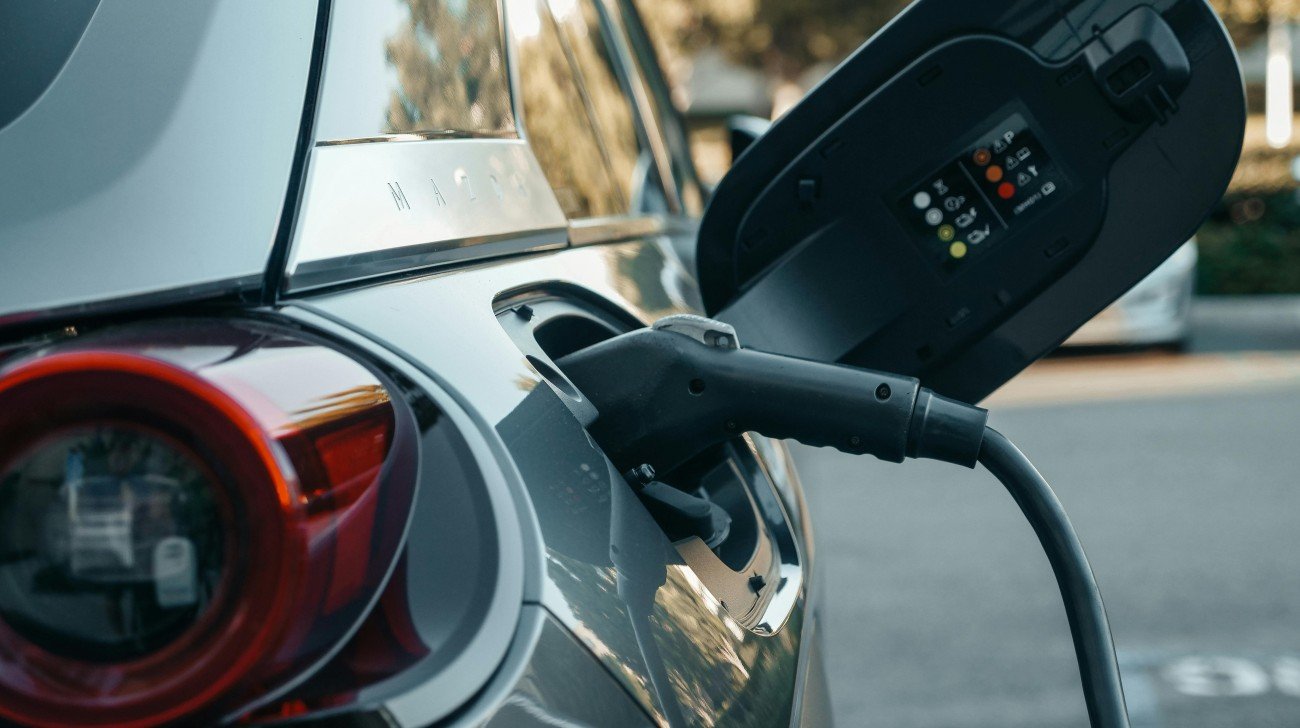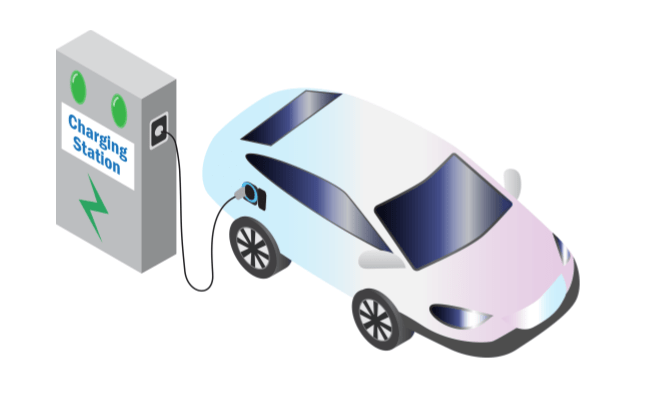
With the rapid rise of electric vehicles (EVs) and the growing need for efficient charging solutions, understanding the distinctions between AC and DC EV chargers has become paramount. As the world transitions to electric mobility, it’s crucial for EV owners, businesses, and policymakers to comprehend the advantages and limitations of each charging technology.
In this blog post, we delve into the intricacies of AC (Alternating Current) and DC (Direct Current) EV chargers, exploring their fundamental differences, charging speeds, infrastructure requirements, and how they impact the overall EV charging experience.
1. Electrical Current

- AC Chargers: AC chargers convert alternating current from the power grid into direct current to charge the vehicle’s battery. The conversion from AC to DC occurs within the vehicle’s onboard charger.
- DC Chargers: DC chargers supply direct current directly to the vehicle’s battery, bypassing the need for onboard conversion. They provide a direct flow of electricity from the charger to the battery.
2. Charging Speed

- compared to DC chargers. The charging speed depends on the power rating of the charger and the onboard charger capacity of the vehicle. AC chargers are commonly found in homes, workplaces, and public charging stations where longer charging times are acceptable.
- DC Chargers: DC chargers offer much faster charging speeds compared to AC chargers. They can provide high-power charging rates directly to the vehicle’s battery, allowing for rapid charging sessions. DC chargers are commonly found at fast-charging stations along highways or in commercial areas.
3. Infrastructure Requirements

- AC Chargers: AC chargers utilize the existing electrical grid infrastructure, making them more accessible and easier to install. They require a standard AC power source, such as a household electrical outlet or a dedicated charging station, and do not typically require significant modifications to the electrical infrastructure.
- DC Chargers: DC chargers require specialized infrastructure to provide the high-power direct current needed for fast charging. They often require dedicated charging stations with specialized electrical connections and higher power capacity. This infrastructure can be more expensive to install and requires coordination with utility providers.
Compatibility
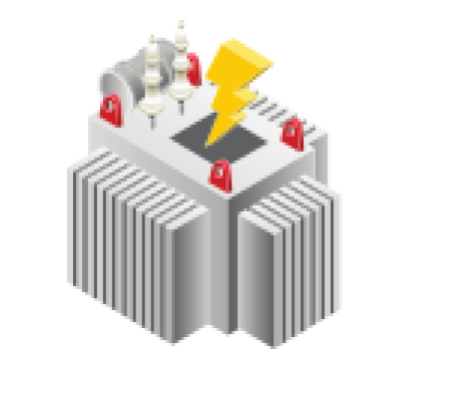
- AC Chargers: AC chargers are compatible with all electric vehicles as long as they have the appropriate charging connector and can accept AC power. Most electric vehicles come with onboard AC chargers capable of handling different AC charging levels.
- DC Chargers: DC chargers require specific charging connectors that are compatible with the vehicle’s charging port. Different manufacturers may use different DC charging standards, such as CHAdeMO, CCS (Combined Charging System), or Tesla’s Supercharger network. Vehicles need to have the corresponding DC charging capability and compatible connector to utilize DC charging stations.
It’s important to note that AC and DC charging are complementary systems, and most electric vehicles can accept both AC and DC charging. AC charging is commonly used for overnight charging at home or longer stays at destinations, while DC charging is used for faster charging on the go or during longer journeys. The choice of charging method depends on factors such as charging speed requirements, availability of charging infrastructure, and the specific needs of the driver.
Level 1
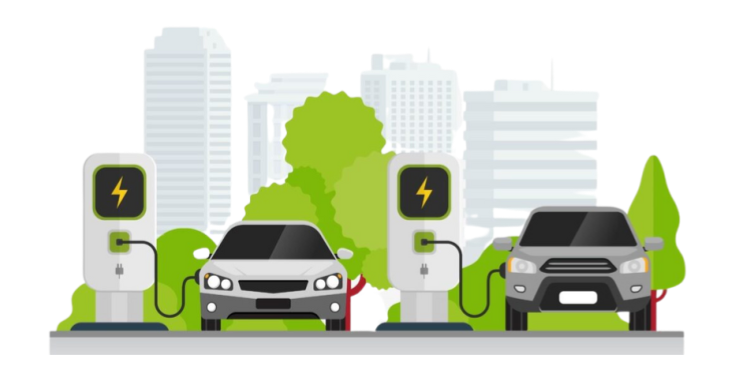
Standard Wall Outlet (120 Volt) These can be simply set up at your home ensuring a comfortable and convenient charging experience. They use a 120V AC plug which can be plugged into a standard wall outlet. Typically, these chargers take around 8 hours to fully charge your car’s battery.
Level 2
240-Volt Outlet (Dryer Plug) Average of 25 miles of range per hour Often found in public areas (rest areas, shopping centers, restaurants, etc.) Option to purchase and have it installed by a qualified electrician – can be either hardwired or plugged into an existing 240-volt outlet (dryer plug)
DC Fast Charging Fastest electric car charging option Provides up to 250 miles of range per hour, depending on the car and charging equipment Can charge up to 80% typically in about 20 to 30 minutes Used to facilitate longer distance driving or road trips or for a quick recharge.
IOT in EV Charging
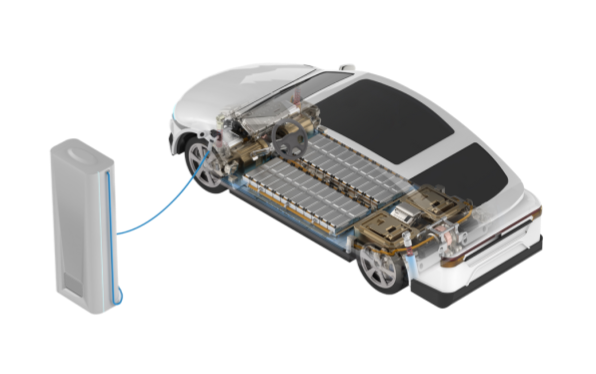
In simple terms, the IoT can be viewed as a convergence of OT (Operational Technology) and IT (Information Technology). While OT deals with the operations of physical properties such as devices, sensors, and connectivity, IT focuses on the digital transformation aspects.
In the purview of EV charging, IoT comprises three major elements – Charging equipment, Mobile app, and Charging management platform.
Charging Equipment

Hardware Unit Enabled With Various Connectivity Options, Charging Protocols, Power Electronics, And Sensors.
Provides Physical Connection Between The EV And The Power Grid. Performs Core Charging Operations Such As Port Engage/Disengage, Charging Start/Stop, Energy Metering, Health Status, And Fault Detection
Mobile App
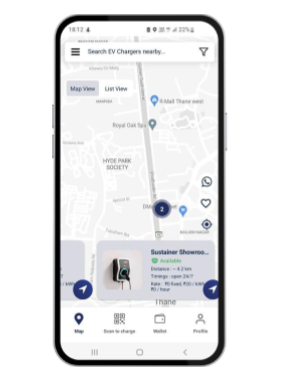
Smartphone Or Web-Based Application That Connects The EV Owners With The EV Charging Network.
It Provides User Authentication And Management Of Charging Functions Such As Navigating A Charging Network Reserving A Slot Charger Onboarding Start/Stop, Scheduled Charging, Billing, And Payments.
Management Platform

A Cloud-Based Platform That Collects Data From The IoT Sensors & Endpoints And Performs Data Analytics.
Responsible For Managing Routine Operations Such As Remote Monitoring Load Balancing Dashboards Configurations Management Firmware Upgrades Alerts, And Notifications.
In conclusion, understanding the difference between AC and DC EV chargers is crucial for maximizing the efficiency and convenience of electric vehicle charging. While AC chargers are more common and suitable for overnight charging at home or in public spaces, DC chargers provide rapid charging capabilities, making them ideal for long-distance travel and busy charging stations. By grasping the distinctions between these charging technologies, EV owners and charging infrastructure developers can make informed decisions to support the widespread adoption of electric mobility.

